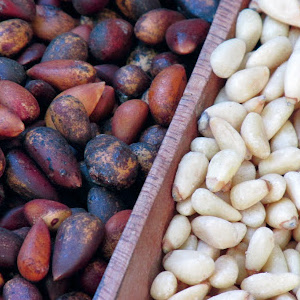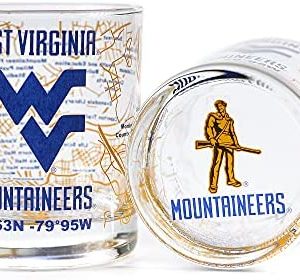Description
Price: [price_with_discount]
(as of [price_update_date] – Details)
From the Publisher




Foraging is growing in popularity.
Foraging has gotten more popular in the last few years for some very good reasons. People want to reconnect with their roots and discover how our ancestors lived off the land. We’re also discovering that wild foods not only taste good, but they are generally far more nutritious than just about everything from the modern supermarket.


Do “wild foods” taste good?
It is a common misconception that “wild foods” are neither nutritious nor tasty. Both of these points are erroneous, as anyone who has actually taken the time to identify and use wild foods can testify. I’ve had many new students who had been convinced about the nutritional value of wild foods but had assumed that the plants nevertheless tasted bad. Of course, a bad cook can make even the best foods unpalatable. And if you pick wild foods and don’t clean them, don’t use just the tender sections, and don’t prepare them properly, you’ll almost certainly turn people off to wild foods. Wild foods are not only nutritious but can be as flavorful as any foods in the finest restaurants.






Ferns
There are 13 families of ferns. According to Dr. Leonid Enari, the young, uncurling, growing tips of all ferns are edible once any hairs are removed and when they are cooked. They taste a bit nutty. Most are also edible raw. Many have a long history of being steamed and served with butter or cheese or mixed into various vegetable dishes.
Gymnosperms
This is a class of plants whose seeds are formed in cones (as with pine trees), or on stalks (as with the genus Ephedra). The members of this group include the cycadophytes, conifers, ginkgo tree, and the Ephedras.
Magnolids
This category was formerly considered part of the dicot group of the broader category of Angiosperms; some botanists still regard it as a sub-category of eudicots. Though eudicots make up 75 percent of known species of angiosperms, the magnoliids make up only 2 percent. Magnoliids have two cotyledons (like eudicots) and flower parts in multiples of three, like monocots. The number of furrows or pores on pollen is one, like monocots.
What this Guide Covers






Eudicots
This category was formerly referred to as dicots in the broader category of Angiosperms.
The sprouts begin with two cotyledons, and the flower parts generally
occur in fours and fives.
Monocots
These have one cotyledon. Leaf veins are generally parallel from the base or midrib, and flower parts are generally in threes.
Getting Started
Seek out a mentor or mentors, study with them, take plants to them, get to know the plants, and continue forever with your learning. Then, use your books, videos, and internet references as a backup to your firsthand interaction with the plant.
Publisher : Falcon Guides (September 1, 2022)
Language : English
Paperback : 256 pages
ISBN-10 : 1493058800
ISBN-13 : 978-1493058808
Item Weight : 1.09 pounds
Dimensions : 6.15 x 0.53 x 9.06 inches
[ad_2]

























Reviews
There are no reviews yet.